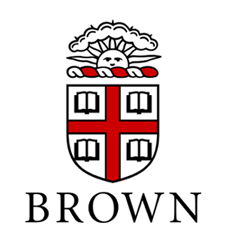Scope & content
The collection represents the intellectual and professional corpus of medieval historian, demography expert, and Brown University professor, David Herlihy. Herlihy is considered a pioneer in the use of computers to analyze historical data to extrapolate socioeconomic trends and what they reveal about life during the middle ages. He capitalized on a "treasure trove" of largely untouched medieval town records in Italy and on the advancement of computing in the 1950s. According to the Computer History Museum, in 1951 the UNIVAC I computer was delivered to the U.S. Census Bureau and was the first commercial computer to attract widespread public attention. Herlihy is acknowledged as the first historian to apply the same computing power to historical census, property, and tax records. The collection includes research notebooks, notes, computer code books, documentation of historical data analysis from 1951-1990, pre-published and un-published drafts of articles and monographs, Herlihy's Ph.D. dissertation, reviews of his publications, lecture notes and teaching materials, professional correspondence, papers documenting professional activities, speeches and addresses, photographs, misc. personal ephemera and papers.
The bulk of the collection (5 boxes) includes Herlihy's scholarly research, writings, and publications from the beginning of his career (ca. 1951) until after his death. Included in the collection are his 1955 Ph.D. dissertation, "Pisa, Economy, and Society, 1250-1300" (which was published in 1958 as "Pisa in the Early Renaissance; a Study of Urban Growth"), as well as 130 notebooks, most of which are Herlihy's transcriptions of Italian "catasti" (property records). Herlihy's transcriptions were then entered into computers, and analyzed using programs that Herlihy wrote himself, initially in the FORTRAN programming language. Also included in the collection are Herlihy's teaching files (2 boxes) including course materials, and lecture notes (including those that he and his wife, Dr. Patricia Herlihy, shared); his professional correspondence spanning teaching posts at Bryn Mawr College, University of Wisconsin-Madison, Harvard University, and Brown University; as well as correspondence between his wife and Herlihy's publisher following Herlihy's death.


